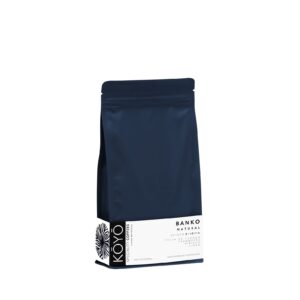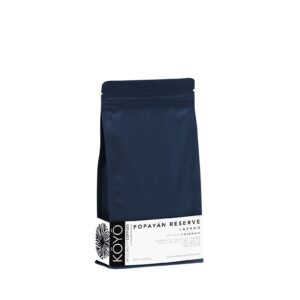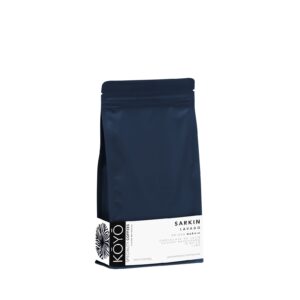COSECHA – Peru
Price range: €15.00 through €54.00
Dark Chocolate, Brown Sugar, Hibiscus, Plum
SCA Score: 85
COFFEE GRADE: GR.1
STATION: Female members of
Cooperativa La Prosperidad de Chirinos
PROCESSING: Fully washed
VARIETAL: Bourbon, Catimor, Catuai, Caturra
ALTITUDE: 1.200-1.900 meters
OWNER: 223 Female-producers with
Prosperidad de Chirinos
REGION: Cajamarca
CERTIFICATIONS: ORGANIC
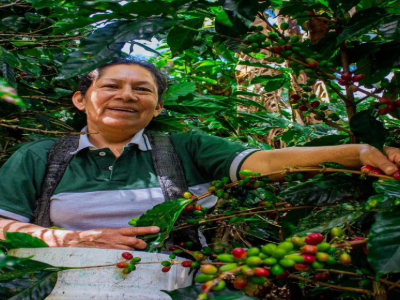
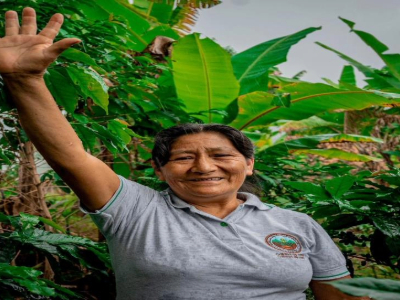
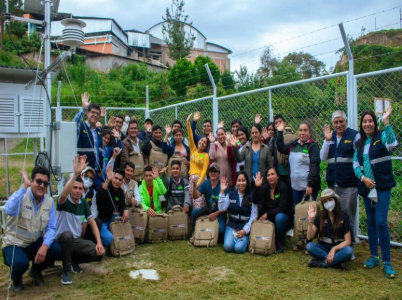
Additional information
Cosecha de Mujer is a women’s group within the Prosperidad de Chirinos cooperative that was formed to promote equality between men and women on farms and in the cooperative. Prosperidad de Chirinos has done an excellent job assessing gender-based challenges and forming the activities of Cosecha de Mujer in a way that addresses those inequalities.
The program heavily focuses on skills training in leadership, farming, improving coffee quality and small-scale business management. Part of the program is also support on food farming for self-sufficiency. Surpluses can be sold in the market for additional income.
The name “Cosecha de Mujer”, which translates into “harvest of women”, highlights the hard work of female farmers on the farm and in the household with childcare, food preparation and more. There is a built-in-premium of $15 per 69kg bag that goes to supporting the Cosecha de Mujer program.
The cooperative has a demonstration plot in San Ignacio where farmers can learn about agronomic practices and how to implement them. They learn about fertilization techniques, pest management and best harvesting practices.
Farmers in Peru usually process their coffee on their own farms using the Fully washed method. Cherry is usually pulped, fermented and dried in the sun. Traditionally, smaller farmers would use tarps laid on the ground or under the roof of their homes. Increasingly, cooperatives are establishing centralized drying facilities – usually raised beds or drying sheds where members are encouraged to dry their parchment. Some farmers are beginning to adopt these practices on their own farms, and drying greenhouses and parabolic beds are becoming more common as farmers pivot towards specialty markets.


